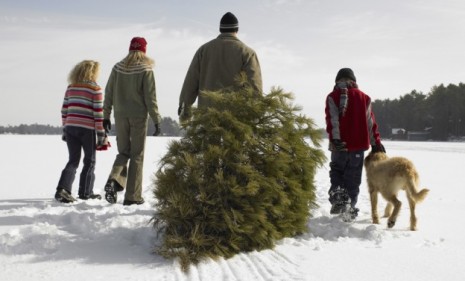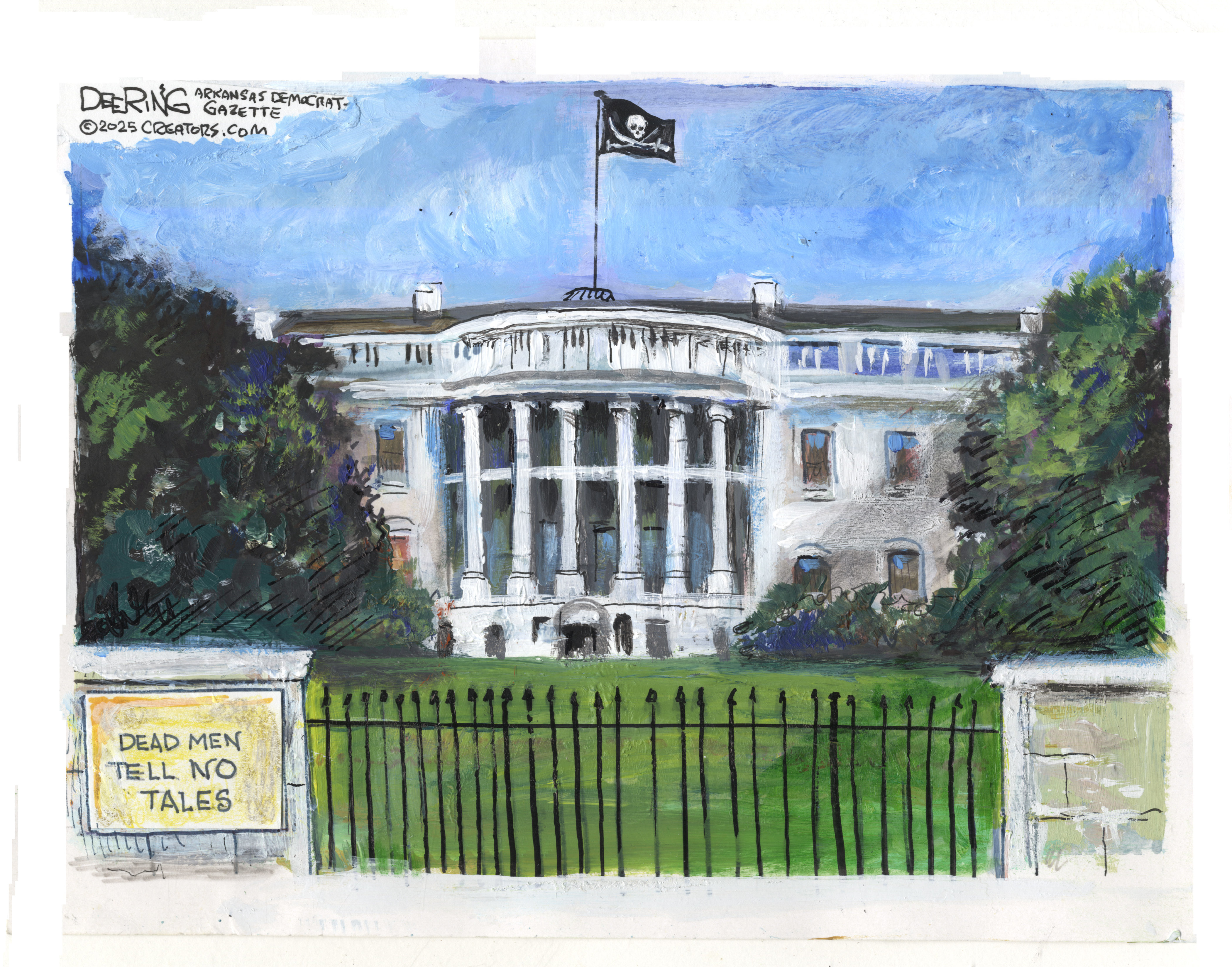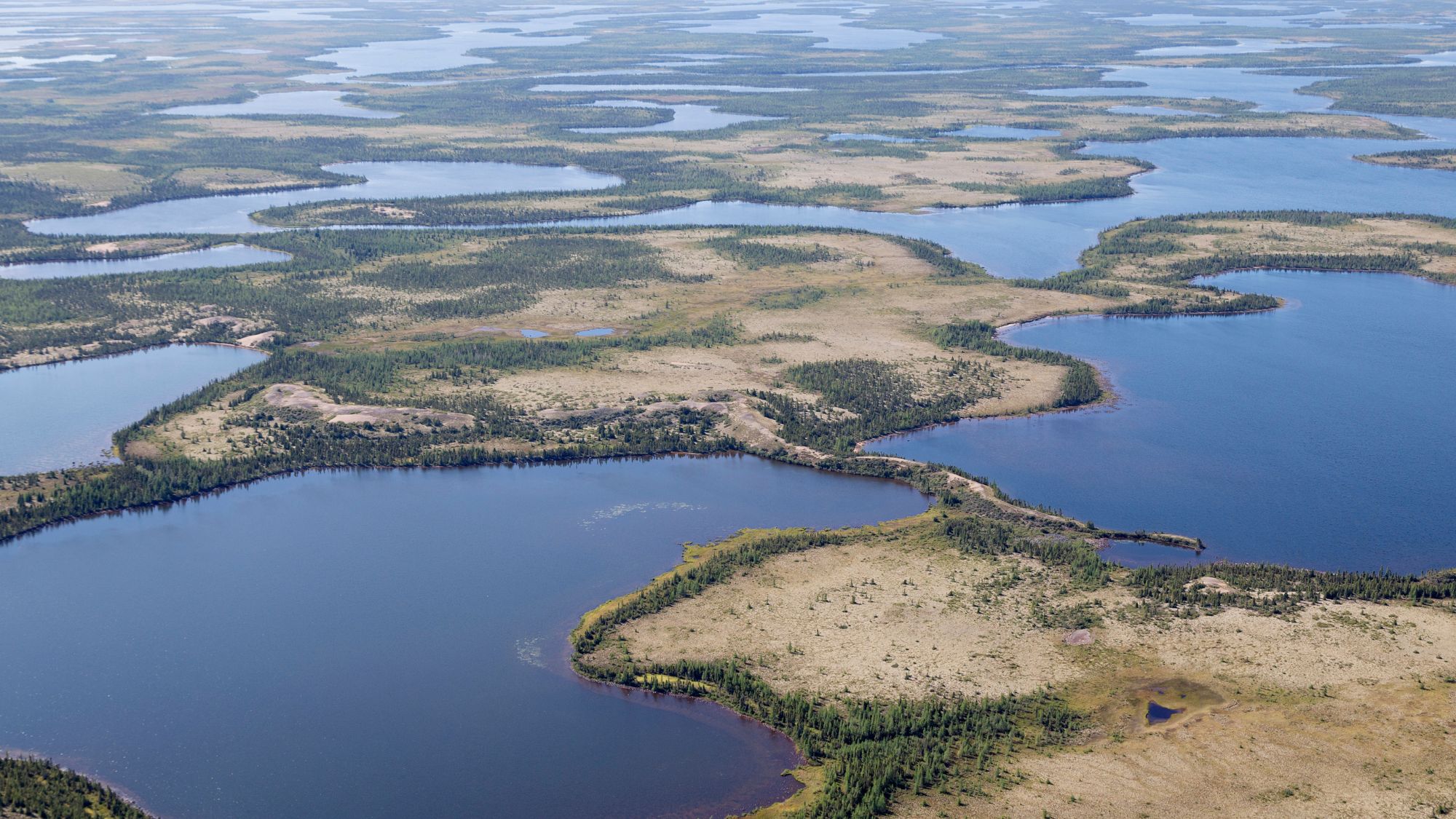Europe's Christmas tree crisis
Christmas trees in Europe are pricier and harder to come by this year. What's behind the shortage?

As Europe endeavors to get into the holiday mood, one key element is in short supply: Natural Christmas trees. Snowbound Britons and Irish revelers have been hit particularly hard, British tree grower Pierce Lavane tells the BBC, but "it's not a UK shortage, it's a European shortage and the weather's not helping." The continent uses about 50 million live trees a year, roughly 25 percent more trees than Americans consume. What's behind the crisis, and how bad will it get? (Watch a report about Christmas trees in Germany)
Where does Europe get its trees?
While Germany, home of the tannenbaum, is Europe's most important Christmas tree market and its biggest Christmas tree grower, Denmark is the biggest exporter, supplying many nations, including the Great Britain, with trees. The mountains of Ireland and Scotland also supply the the U.K. market.
The Week
Escape your echo chamber. Get the facts behind the news, plus analysis from multiple perspectives.

Sign up for The Week's Free Newsletters
From our morning news briefing to a weekly Good News Newsletter, get the best of The Week delivered directly to your inbox.
From our morning news briefing to a weekly Good News Newsletter, get the best of The Week delivered directly to your inbox.
What's behind the shortage?
A mixture of basic supply-and-demand issues with unseasonably cold weather. A six-foot Christmas tree takes at least six years to grow, and a profit-dampening glut of trees in the early 2000s drove some growers out of the market. At the same time, more Europeans started buying real trees over artificial ones, driving up demand. "It's only six or seven years later that everyone's realized that actually there's not enough to go round...," says British tree supplier Christopher Hood.
What does the weather have to do with it?
Heavy snowfall has thrown a wrench into the tree harvest, making it harder for mountain-based growers to both cut the trees and send them down icy roads to market. "It would have been a super Christmas," says Roger Hay, secretary of the British Christmas Tree Growers' Association. "But weather conditions over the last two weeks have changed that."
A free daily email with the biggest news stories of the day – and the best features from TheWeek.com
So how big is the crisis, really?
The estimated shortfall is between four million and five million trees, and the tug-of-war between Britain and Germany for the limited supply has driven up prices. But it's not just the number of trees. Europeans now favor the Nordmann Fir over traditional varieties such as the Norway Spruce and the Fraser Fir, because the Nordmann's needles are softer and less likely to fall off. But the true extent of the crisis won't be clear until Christmas, says Irish grower Christy Kavanagh. "It is amazing how many people leave buying their tree until the last minute."
Sources: BBC News, Financial Times, Irish Central, Irish Times, Wikipedia
-
 Political cartoons for December 14
Political cartoons for December 14Cartoons Sunday's political cartoons include a new White House flag, Venezuela negotiations, and more
-
 Heavenly spectacle in the wilds of Canada
Heavenly spectacle in the wilds of CanadaThe Week Recommends ‘Mind-bending’ outpost for spotting animals – and the northern lights
-
 Facial recognition: a revolution in policing
Facial recognition: a revolution in policingTalking Point All 43 police forces in England and Wales are set to be granted access, with those against calling for increasing safeguards on the technology